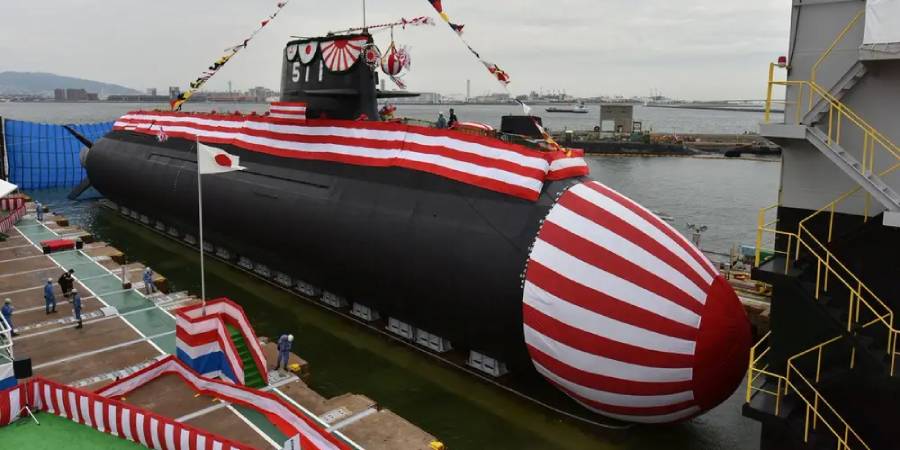
Over the past decade, air-independent propulsion (AIP) for submarines has spread rapidly around the world.
The technology, which allows conventionally powered submarines to operate without access to outside air, has the potential the shift the balance away from the big nuclear attack submarines (SSNs) that have dominated undersea warfare since the 1950s and back toward small conventional boats.
In global terms, this might again make submarines the great strategic equalizer; small, cheap weapons that can destroy the expensive warships of the world’s most powerful navies. Does this mean that the United States should invest in these kinds of boats? Probably not. Several navies experimented with AIP during the 20th century. The earliest work began in World War II in the German and Soviet navies, although none of the experiments produced operationally suitable boats.
After the war, Britain, the United States, and the Soviet Union took advantage of German research to produce their own experimental boats, but nuclear propulsion seemed to offer a more fruitful direction for submarine development.
In the mid-2000s, converging technological developments enabled several major submarine producers around the world to begin to develop practical AIP systems.

